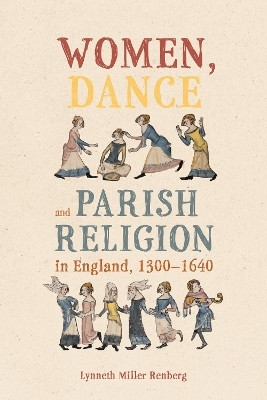Women, Dance and Parish Religion in England, 1300-1640(English, Hardcover, Renberg Lynneth Miller Dr)
Quick Overview
Product Price Comparison
A lively exploration of the medieval and early modern attitudes towards dance, as the perception of dancers changed from saints dancing after Christ into cows dancing after the devil.WINNER: 2024 Sponsler Award for Best First Book (Medieval and Renaissance Drama Society)WINNER: 2022 Guittard Book AwardThe devil's cows, impudent camels, or damsels animated by the devil: late medieval and early modern authors used these descriptors and more to talk about dancers, particularly women. Yet, dance was not always considered entirely sinful or connected primarily to women: in some early medieval texts, dancers were exhorted to dance to God, arm-in-arm with their neighbors, and parishes were filled with danced expressions of faith. What led to the transformation of dancers from saints dancing after Christ into cows dancing after the devil? Drawing on the evidence from medieval and early modern sermons, and in particular the narratives of the cursed carolers and the dance of Salome, this book explores these changing understandings of dance as they relate to religion, gender, sin, and community within the English parish. In parishes both before and during the English Reformations, dance played an integral role in creating, maintaining, uniting, or fracturing community. But as theological understandings of sacrilege, sin, and proper worship changed, the meanings of dance and gender shifted as well. Redefining dance had tangible ramifications for the men and women of the parish, as new definitions of what it meant to perform one's gender collided with discourses about holiness and transgression, leading to closer scrutiny and monitoring of the bodies of the faithful.


